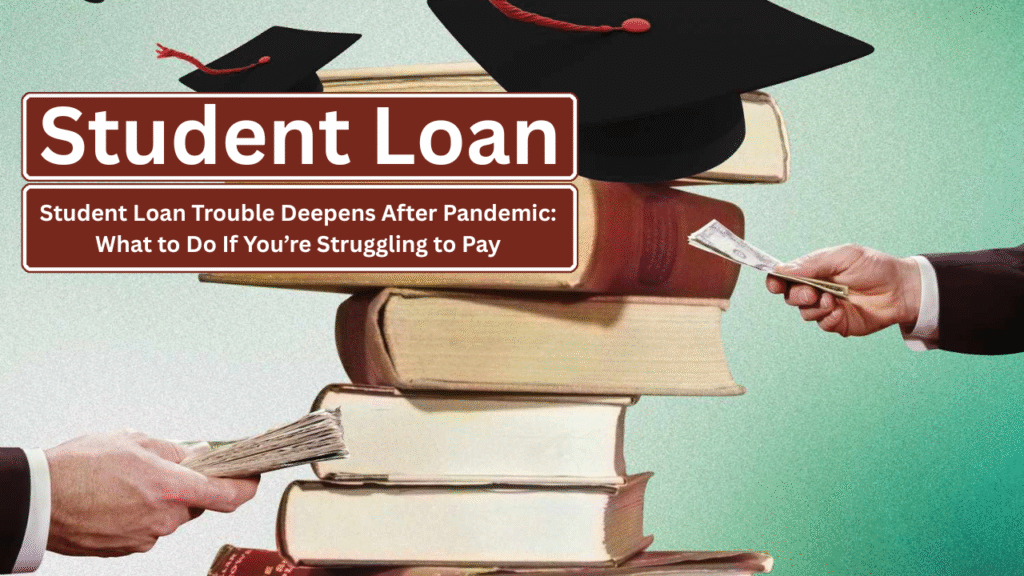A recent study reveals that student loan delinquencies in the U.S. have nearly doubled since the onset of the COVID-19 pandemic, signaling a growing financial crisis for millions of borrowers. As of February 2025, 20.5% of federal student loan borrowers with payments due are 90 days or more delinquent, up from 11.5% in February 2020. This marks the highest delinquency rate on record.
The resumption of federal student loan collections on May 5, 2025, after a five-year pause, has intensified the situation. Approximately 5 million borrowers are now in default, facing severe consequences such as wage garnishment, tax refund seizures, and reductions in Social Security benefits.
Understanding the Impact of Delinquency and Default

Falling behind on student loan payments can have significant long-term consequences. These include:
- Credit Score Damage: Delinquency and default can lead to a substantial drop in your credit score, which may affect your ability to rent an apartment, buy a car, or qualify for other loans.
- Wage Garnishment: The federal government has the authority to garnish your wages without a court order to repay defaulted loans.
- Tax Refund and Benefit Seizure: The government can seize your federal tax refunds and a portion of your Social Security benefits to cover unpaid student loan debt.
Steps to Take if You’re Behind on Payments
If you’re struggling to keep up with student loan payments, there are several options available to help you regain control of your finances:
1. Contact Your Loan Servicer Immediately
Your first step should be to reach out to your loan servicer. They can provide guidance tailored to your situation and inform you of any programs or options available to help prevent your loan from entering default.
2. Explore Income-Driven Repayment Plans
Income-Driven Repayment (IDR) plans calculate your monthly payment based on your income and family size. For many borrowers, these plans offer significantly lower monthly payments-and in some cases, payments can be as low as $0.
3. Consider Deferment or Forbearance
If you’re experiencing temporary financial hardship, deferment or forbearance may allow you to pause or reduce your loan payments for a limited period. It’s important to understand the implications of these options, as interest may continue to accrue.
4. Loan Rehabilitation or Consolidation
If your loan is already in default, you still have options:
- Loan Rehabilitation involves agreeing to make a series of on-time payments (typically nine within ten months) to restore your loan to good standing.
- Loan Consolidation allows you to combine one or more federal loans into a single loan, which can give you access to IDR plans and remove your loan from default if certain conditions are met.
Resources for Assistance
Several official resources are available to help borrowers manage student loan repayment and avoid the negative consequences of delinquency or default:
- Federal Student Aid (studentaid.gov): Offers comprehensive information on repayment plans, deferment, forbearance, loan rehabilitation, and consolidation.
- USA.gov: Provides guidance on resolving loan payment problems, understanding your rights, and finding additional federal support.
- Consumer Financial Protection Bureau (CFPB): Offers tools and advice for borrowers who are unable to make their student loan payments, including detailed FAQs and complaint resolution services.
Conclusion
The sharp rise in student loan delinquencies since the pandemic underscores the financial pressure many Americans continue to face. As federal loan collections resume, it’s more important than ever for borrowers to understand their rights and available options. Taking prompt action-whether through repayment adjustments, temporary relief, or default recovery programs-can help borrowers avoid the severe consequences of default and work toward long-term financial stability.




